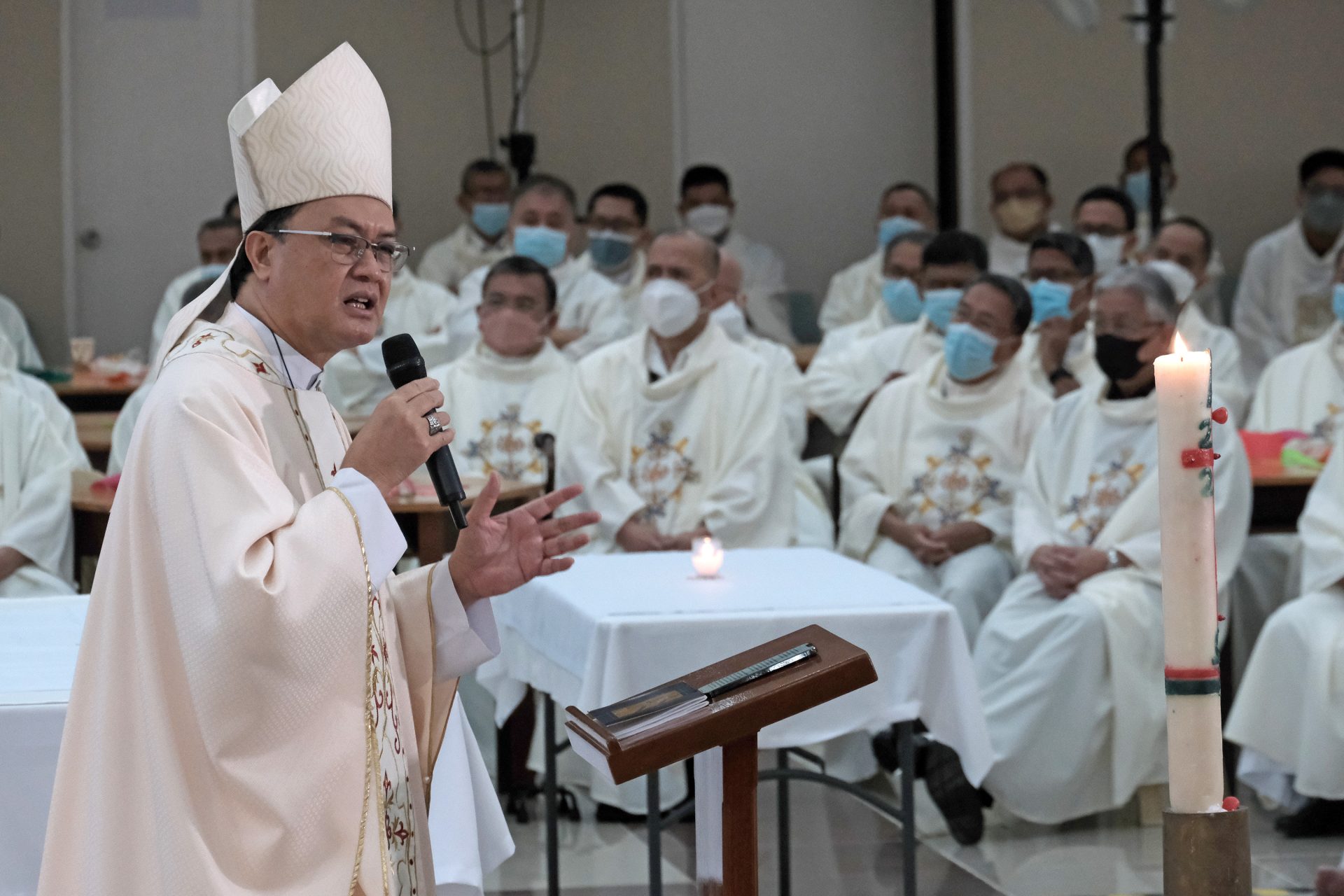In this second day of our novena to Our Lady of Mount Carmel, we are asked to reflect on the theme, “The Church, both Listener and Teacher.”
After hearing some homilies about the call to be a synodal church, I have the impression that many of us priests are uncomfortable talking about this theme. Since we are more accustomed to pontificate, synodality is not in our system, (at least not yet) and so we prefer to relate it to safe issues like the necessity of patience to develop a synodal mindset. But synodality is not primarily about individual attitudes. Synodality is about how the Church understands herself and her mission.
Several months ago, I was in a meeting at the Archbishop’s residence wherein we were asked to comment on a working document about synodality. I commented during that meeting that if we live what is written in the draft, the church will be radically different from what it is today.
The ‘radicality’ can be seen in a letter Pope Francis wrote to Archbishop Victor Manuel Fernandez, newly appointed head of the Dicastery of the Doctrine of Faith. To give you a background, this Dicastery used to be called for centuries as the Holy Office or the Roman Inquisition. It is this same office that tried Galileo in the 17th century, the same Holy Office that called theologians to the Vatican to explain their theologies.
The historical note above would make us appreciate better what Pope Francis wrote, “The dicastery over which you will preside in other times came to use immoral methods. There were times when, rather than promoting theological knowledge, possible doctrinal errors were pursued. What I expect from you is something very different… The different lines of philosophical, theological, and pastoral thought, if they allow themselves to be harmonized by the Spirit, in respect and love, can also make the Church grow. This harmonious growth will preserve Christian doctrine more effectively than any mechanism of control.”
The quote gives us Pope’s vision of the church. The task of the Church is not just to look for errors in the faith which are subsequently condemned. Rather, it is to help make the faith grow. The Church hierarchy is tasked to listen to the people, because the Holy Spirit dwells in all the faithful.
Listening is not just the function of the ears. Rather, it makes the other present in our hearts. It makes her own “the joys and hope, the grief and anxieties of the present age, especially the poor and in any way afflicted,” (Gaudium et Spes 1). Only when we enter into their feelings can we start teaching. The Church does not abandon her role as teacher but she can be a more effective teacher if she listens.
Synodality is not new. We can see in the Gospels the primary example of Jesus who listened and ate with those whom society considered sinners.
The history of how Christian doctrines developed is also full of examples of the influence of the ordinary faithful. For instance, the formation of the biblical canon (i.e., which books are inspired by the Spirit and thus became parts of the New Testament) was very much influenced by the constant use of these books by the faithful in liturgical celebrations. There also was a time when majority of the bishops became Arians and denied that Jesus is divine. It was the faith of the hoi polloi, later validated in the Council of Nicea, that insisted that Jesus is God. One last example is the dogma that the Blessed Virgin is the Mother of God. There already was the devotion to her as the Mother of God before she was declared to be such in the Council of Ephesus.
Thus, we can learn from ordinary folks. We cannot divide the church between passive listeners on the one hand and the teachers on the other. (While my focus is on the Church, the same point can be made in family relationships, relationships between management and laborers, teachers and students.)
Since this is a novena in honor of the Blessed Virgin, I like to conclude with a short reflection on the relationship between the Blessed Virgin and our Lord Jesus.
The relationship was not a one way traffic from teacher to listener. It is not that Mary was always a teacher since she is the mother and Jesus was only a son. Neither was Jesus always the teacher since he was God incarnate.
They were both teachers and listeners. Let us take their conversation in the wedding at Cana as an illustration. First, Mary said “They have no more wine.” Mary was not simply stating a fact. Was she not teaching Jesus to be concerned about the possible embarrassment of the newly wedded couple?
Jesus responded, “What have you to do with me. My hour has not yet come.” It seemed that Jesus initially said no and instead taught the Blessed Virgin that his mission has a timetable.
But in the end, Jesus listened to his mother and performed the miracle.
Fr Ramon D. Echica is the Dean of Studies of the San Carlos Major Seminary. He obtained his doctorate in Sacred Theology from the Catholic University of Leuven (Katholieke Universiteit Leuven) in 1998.







